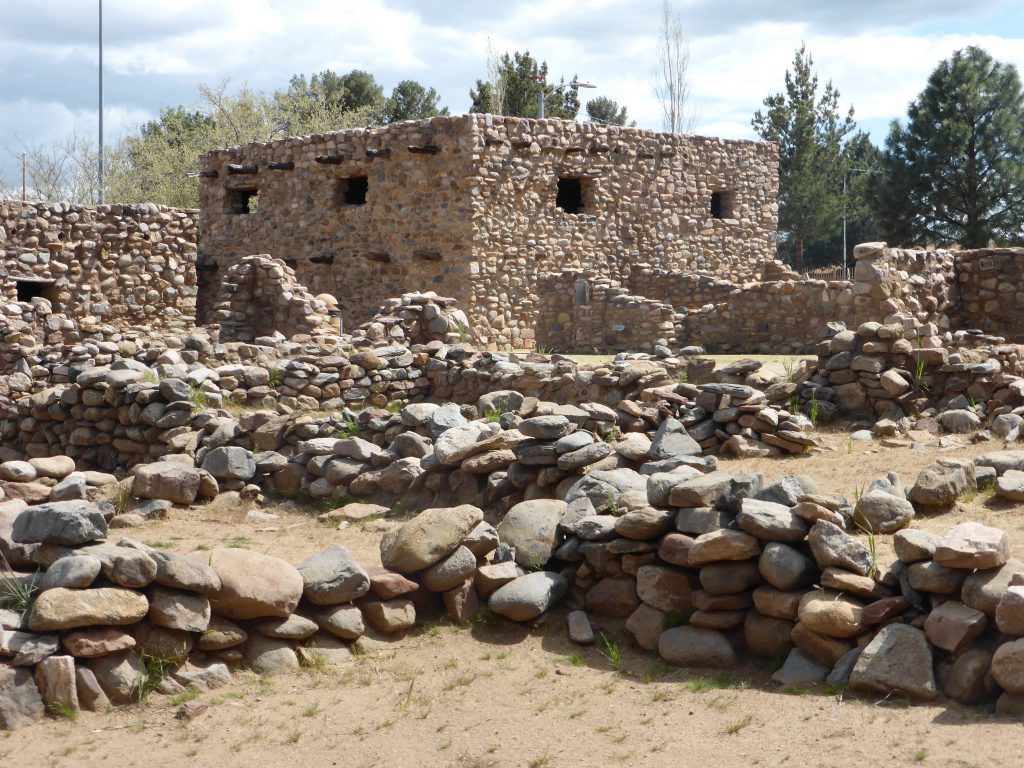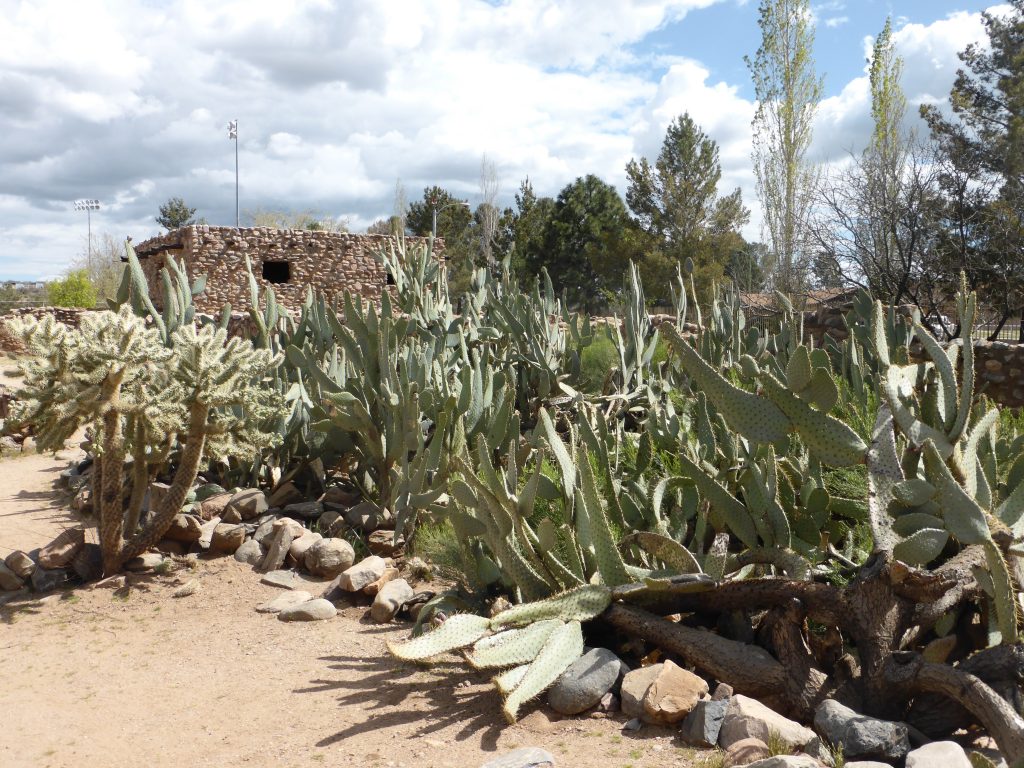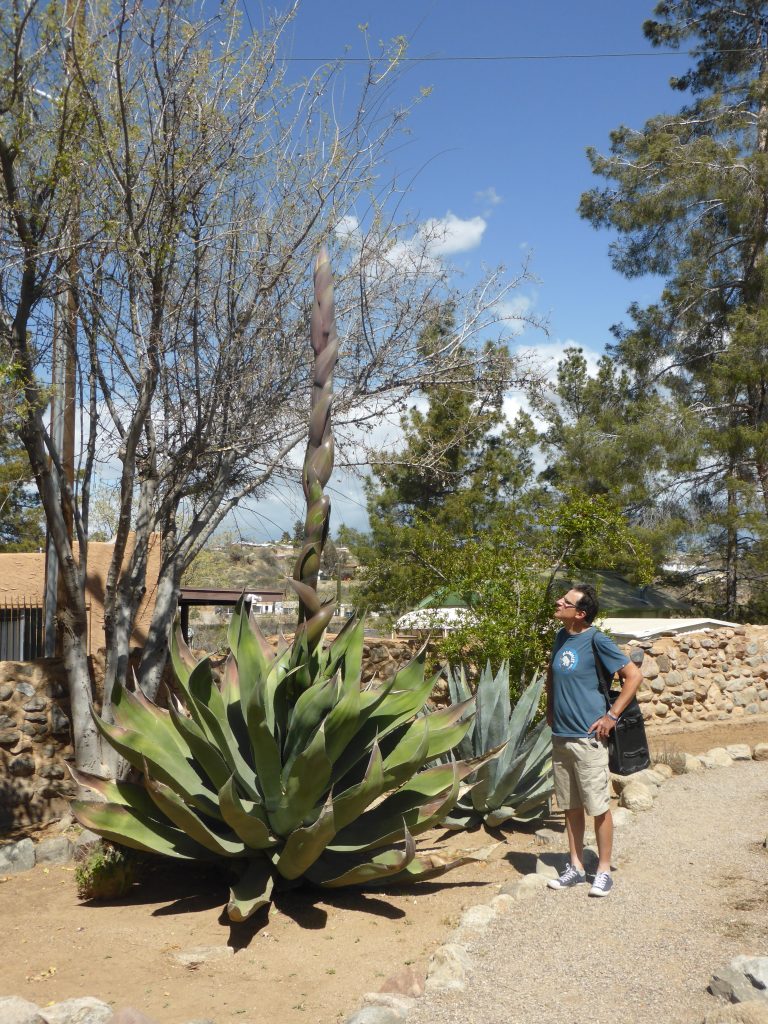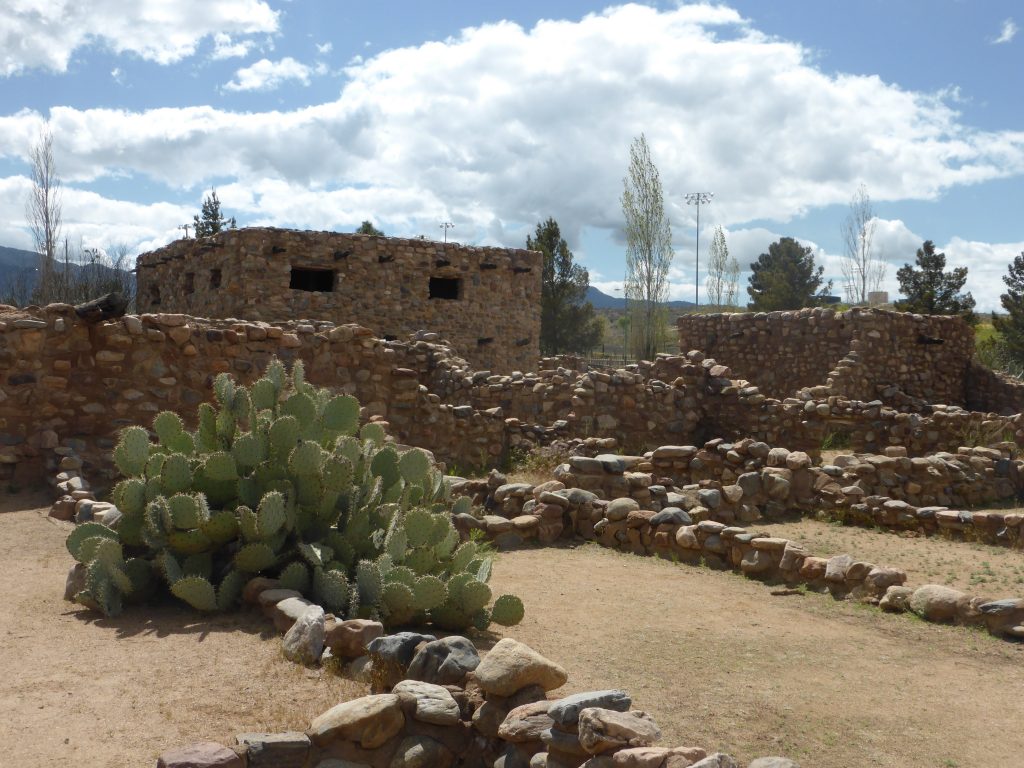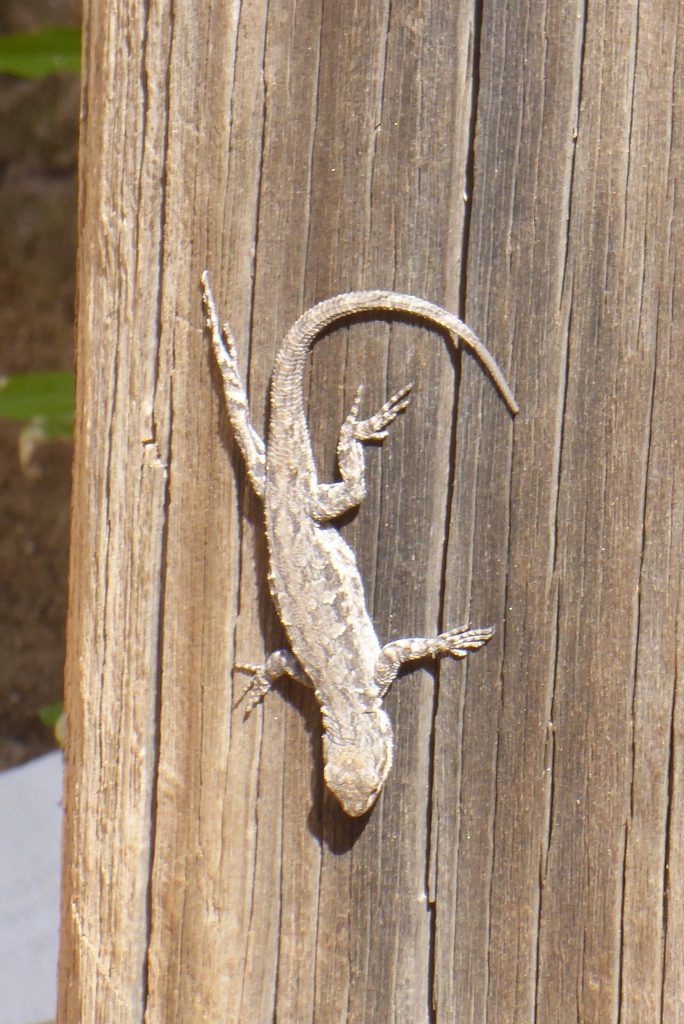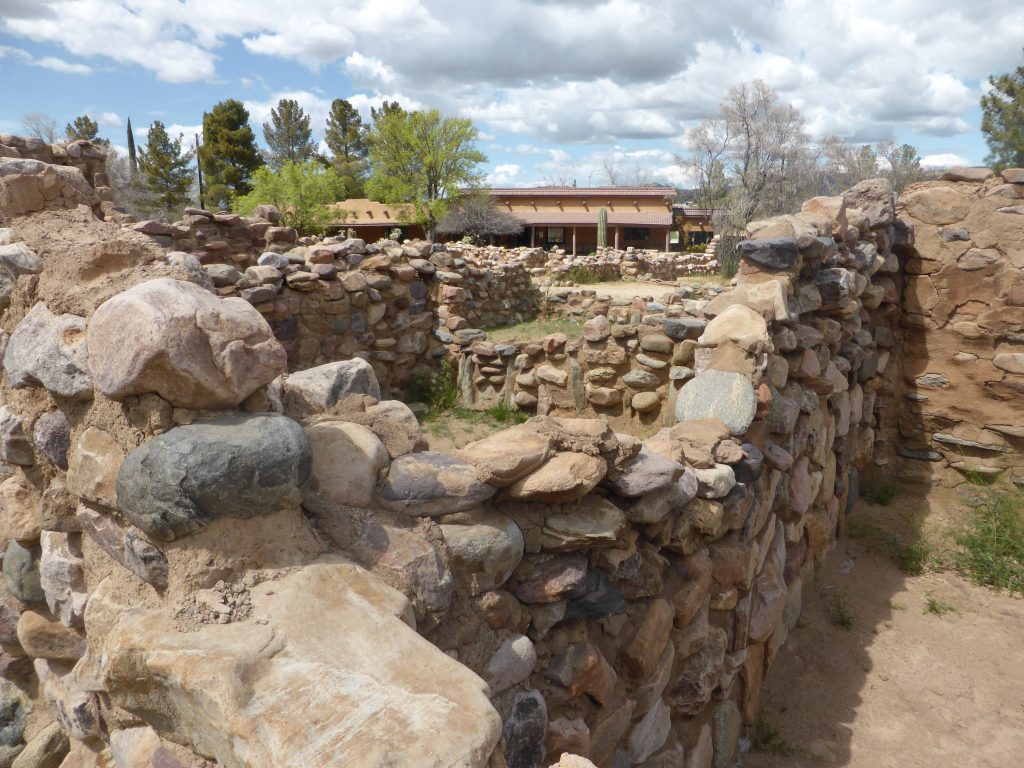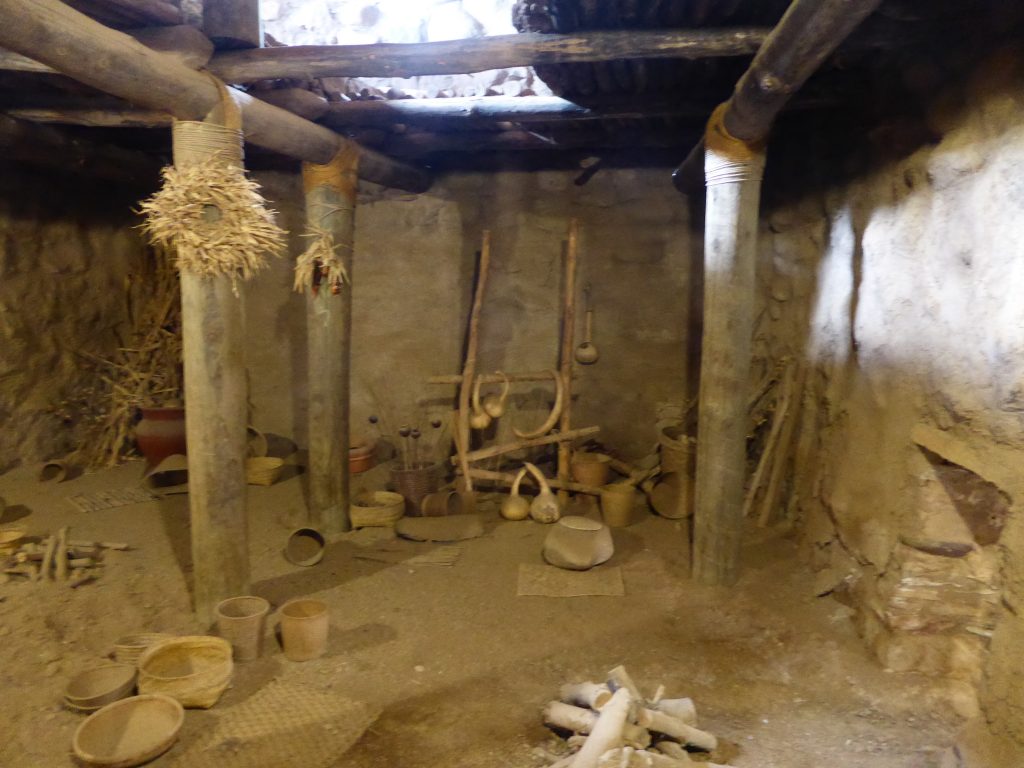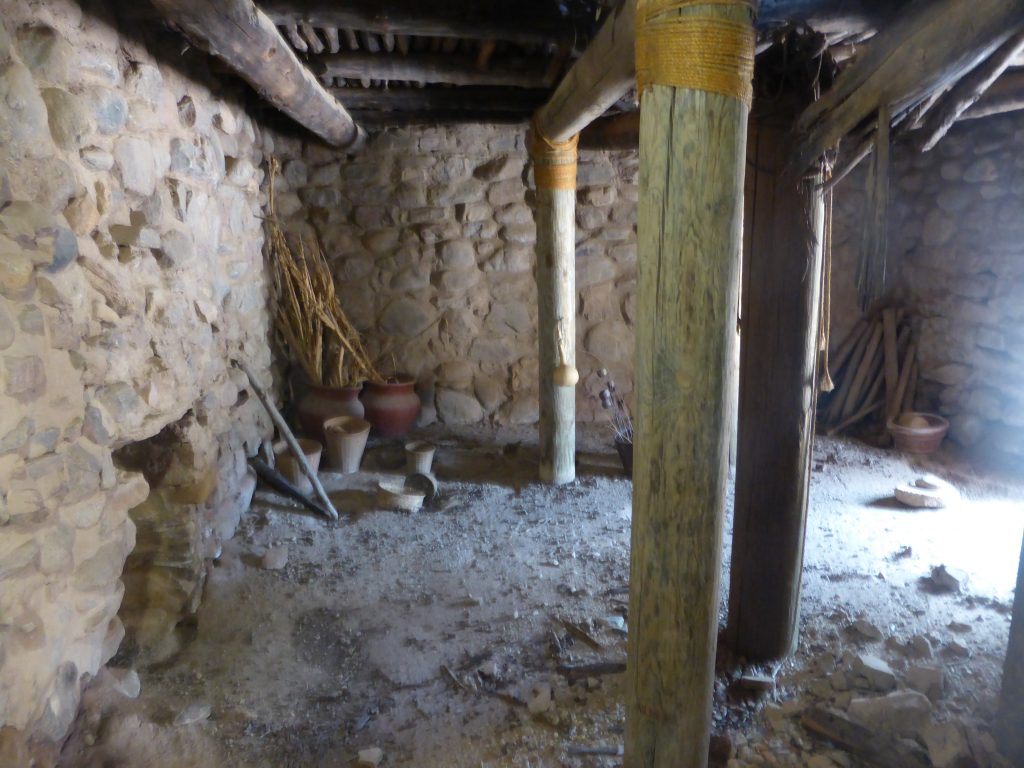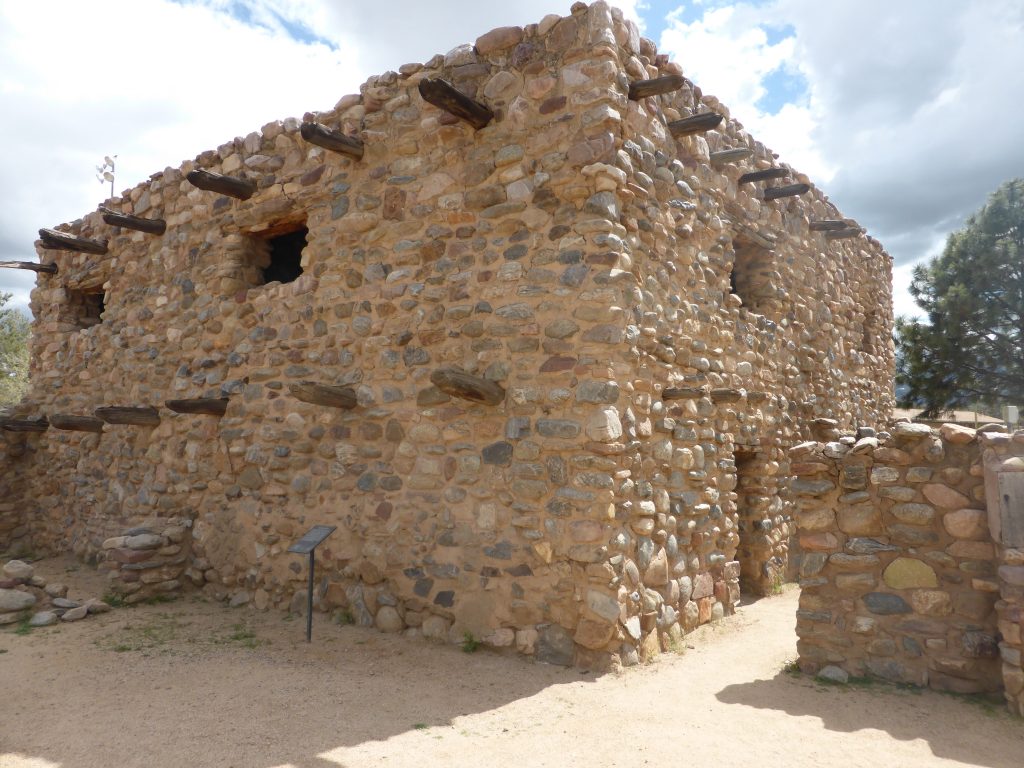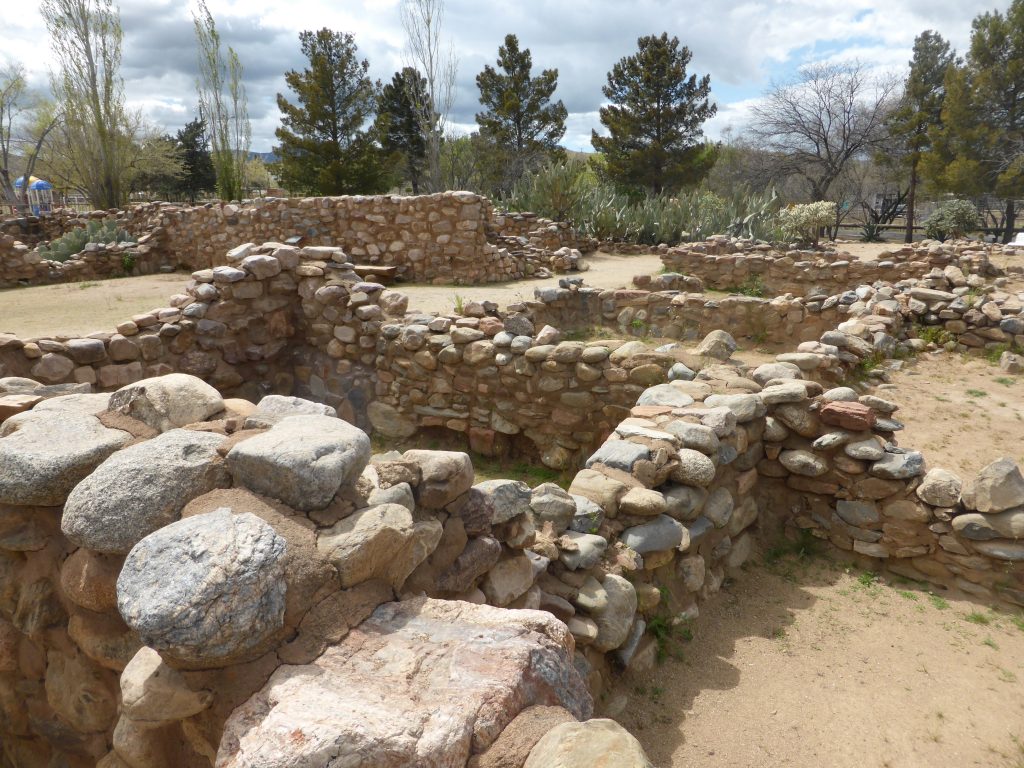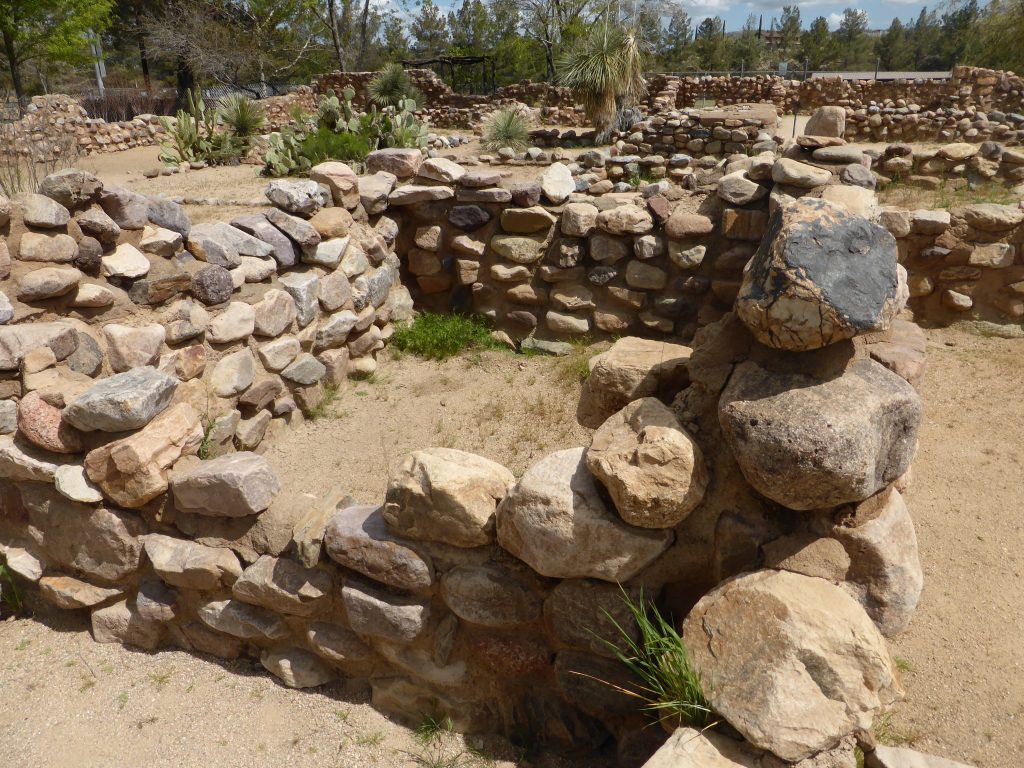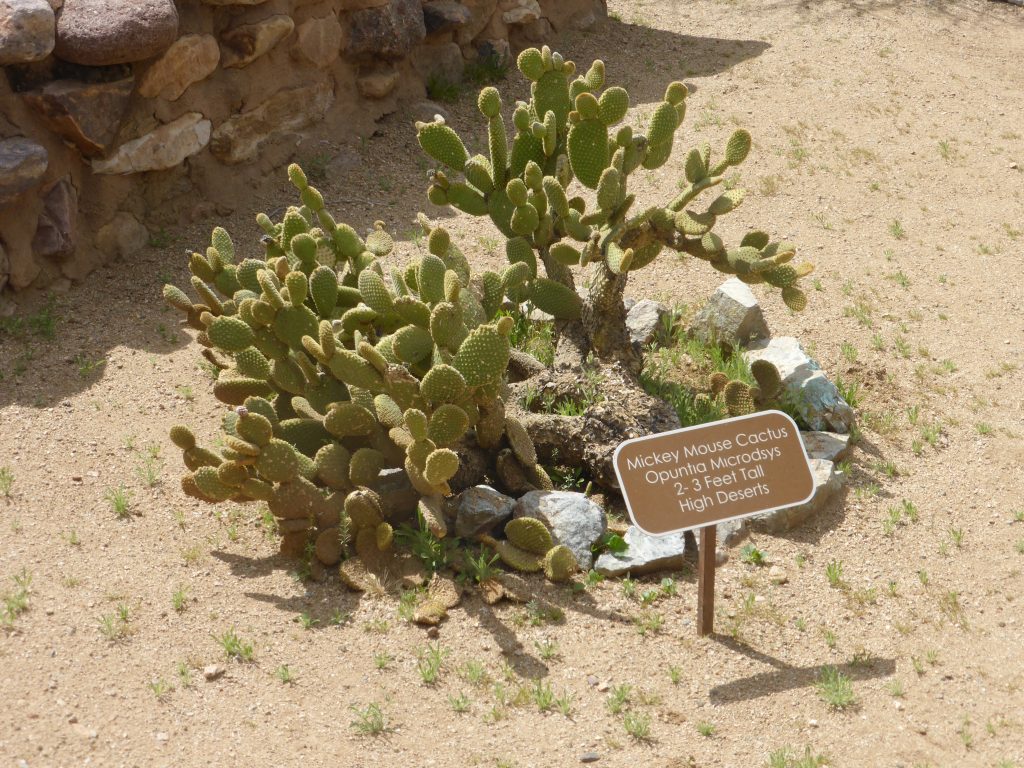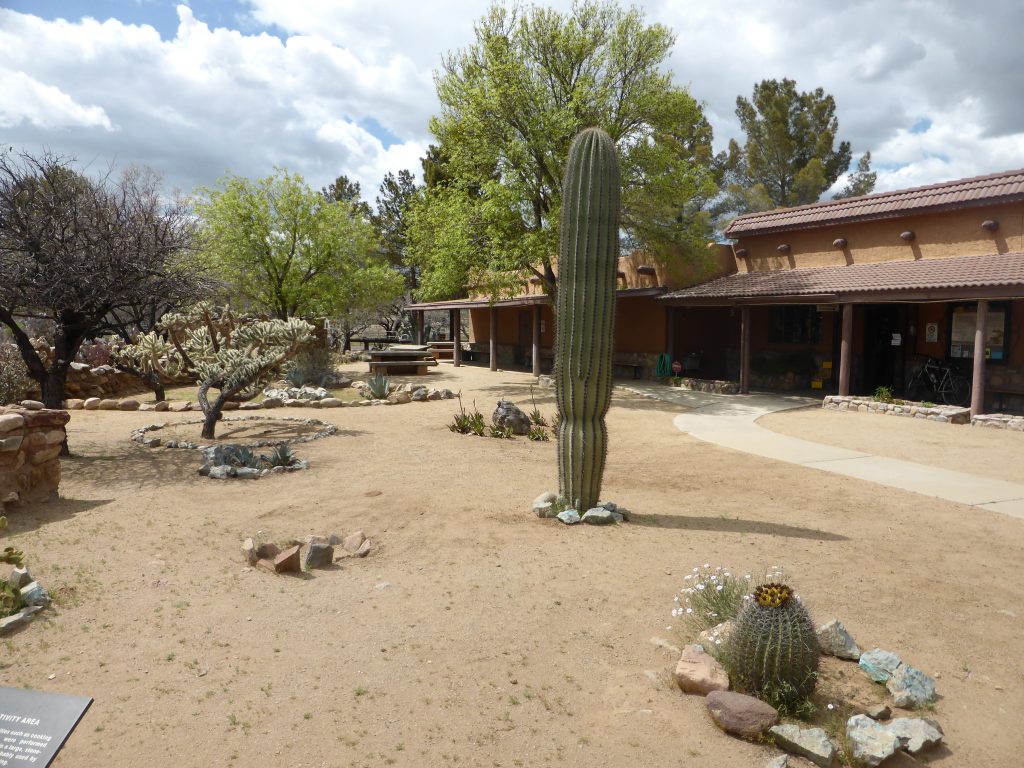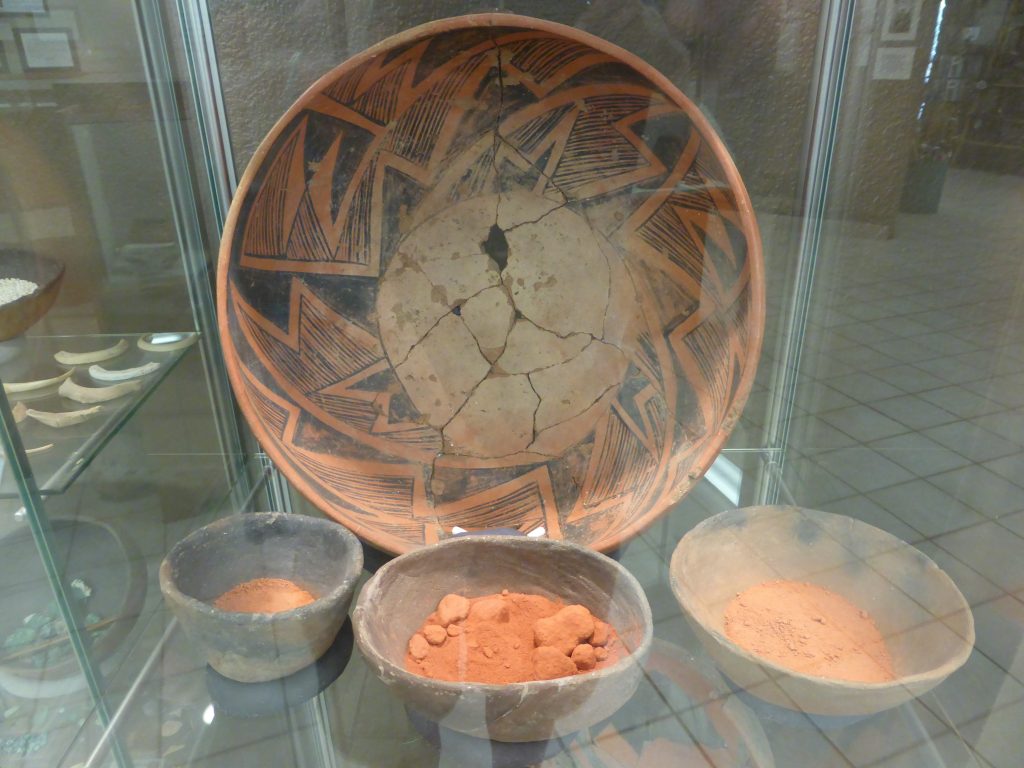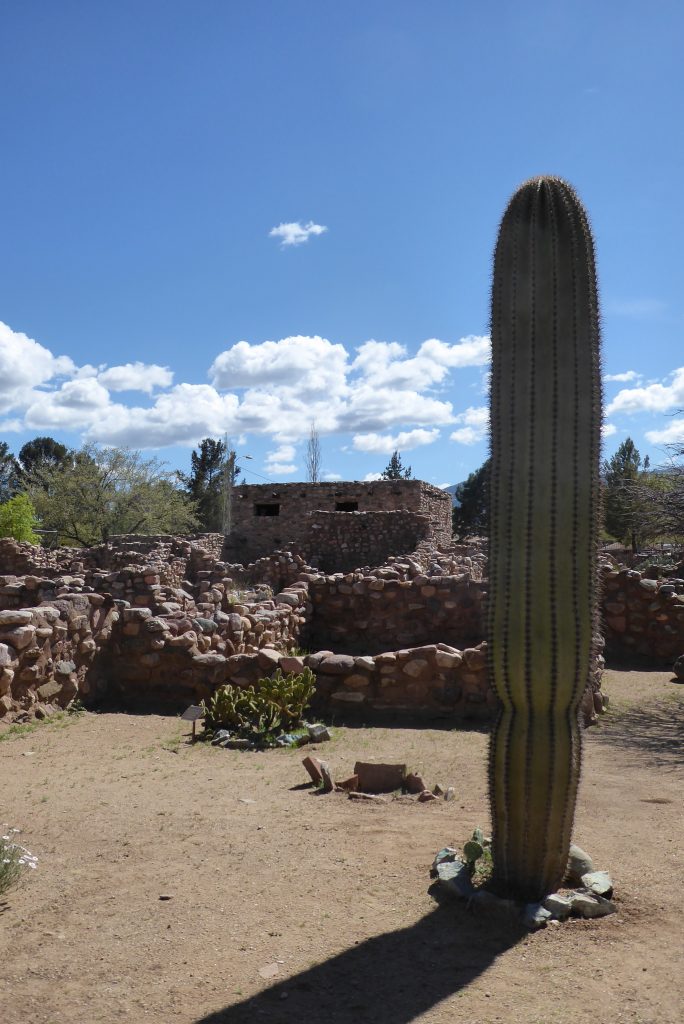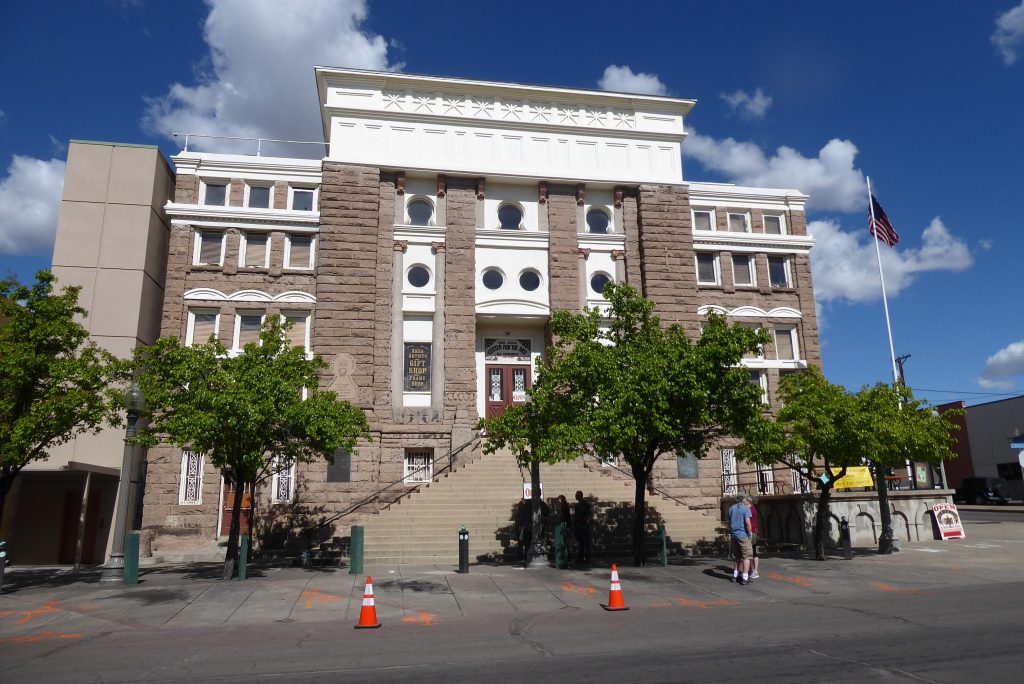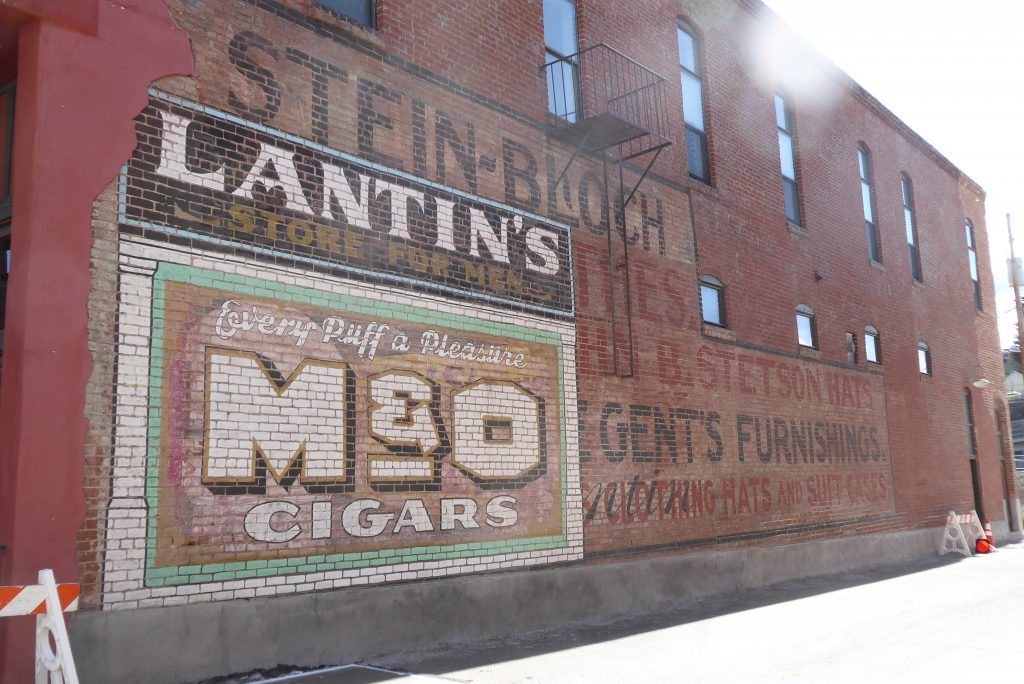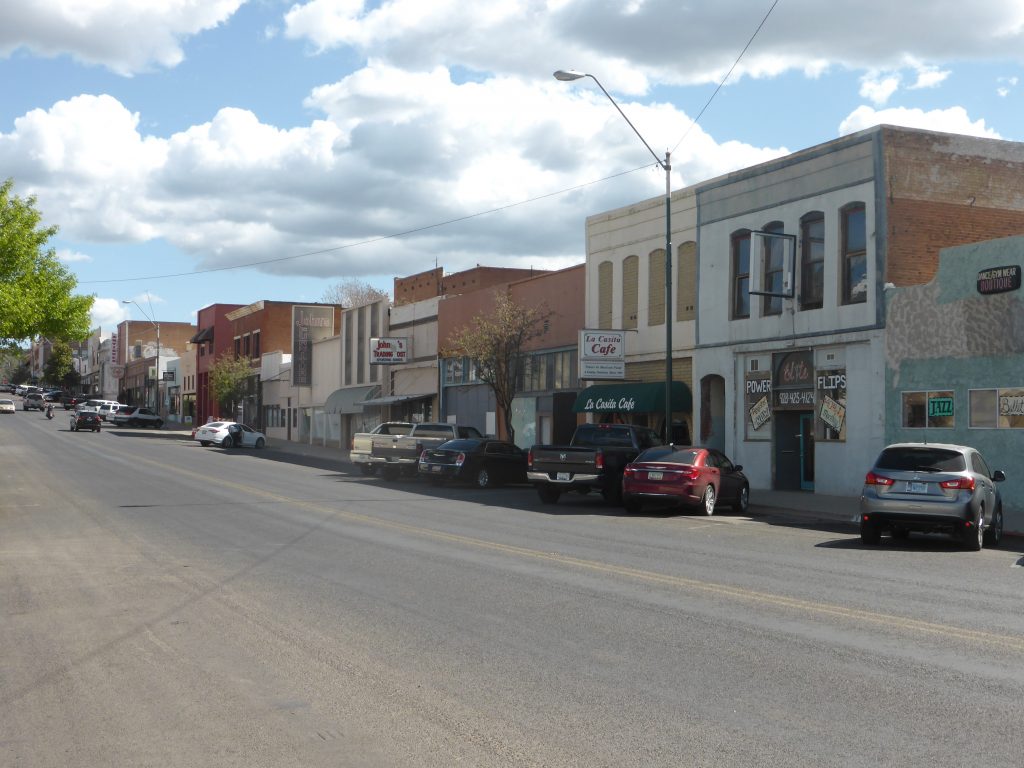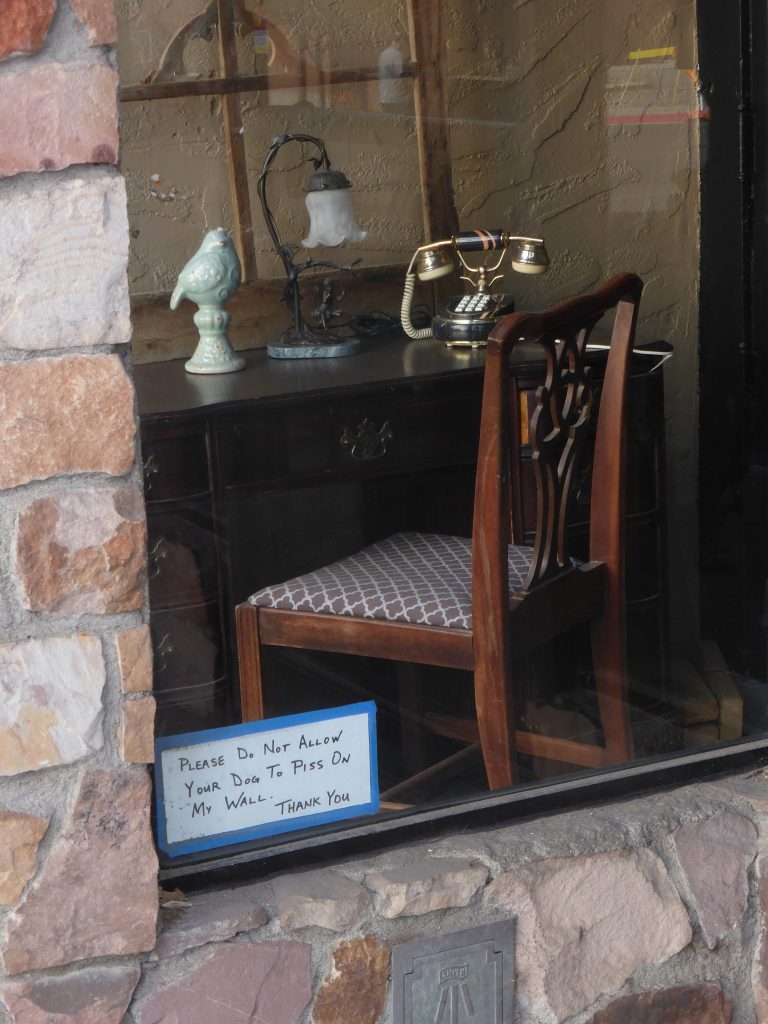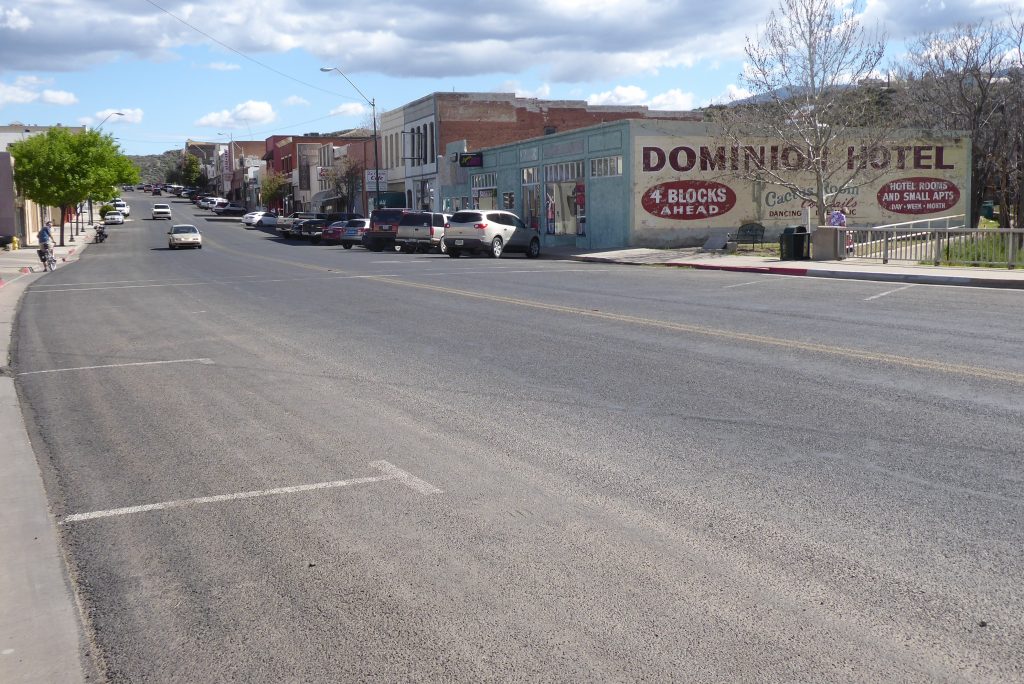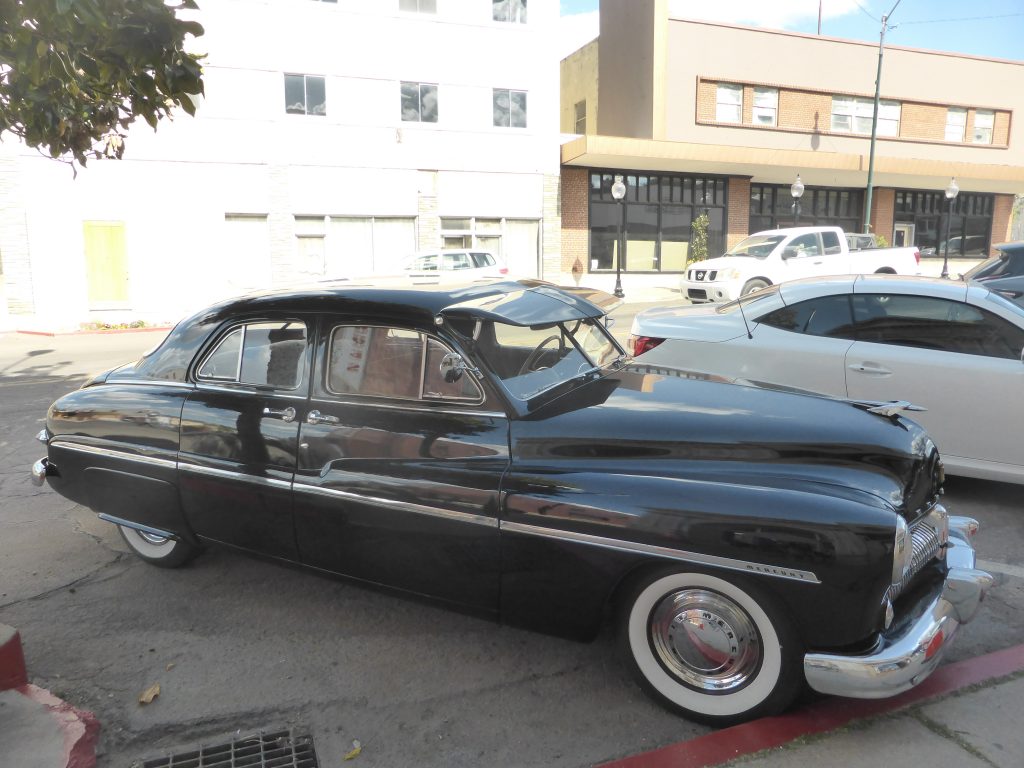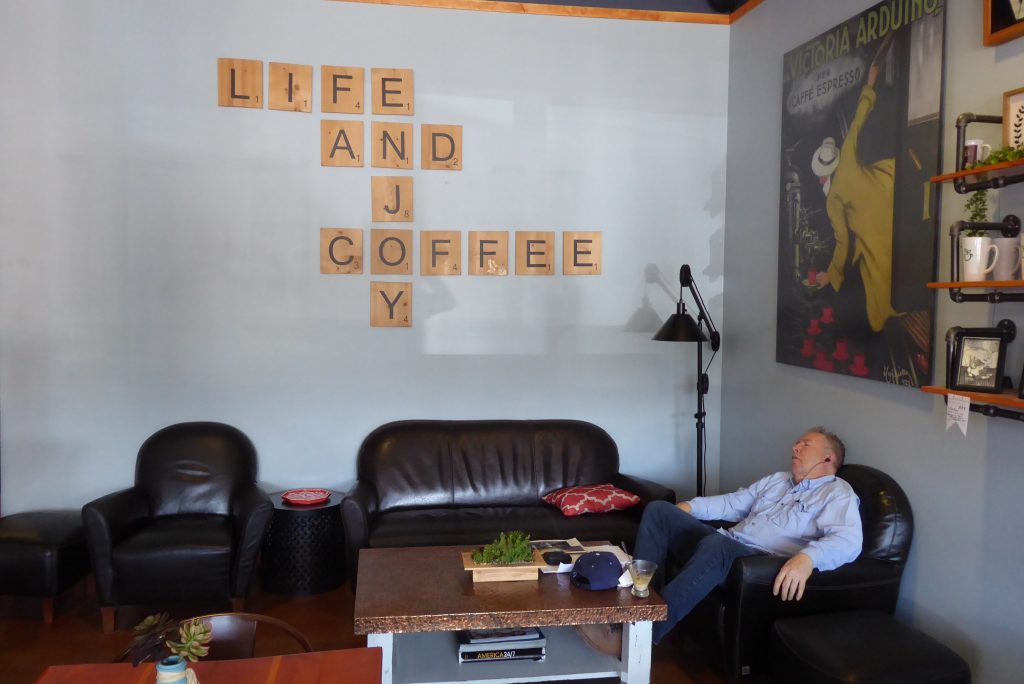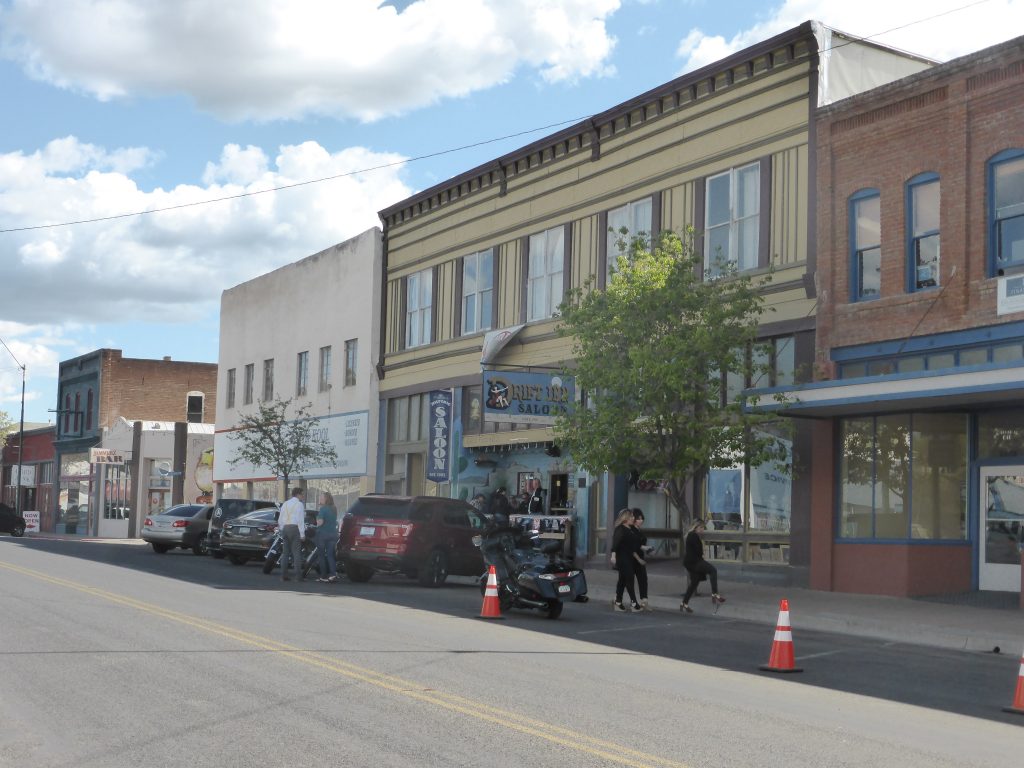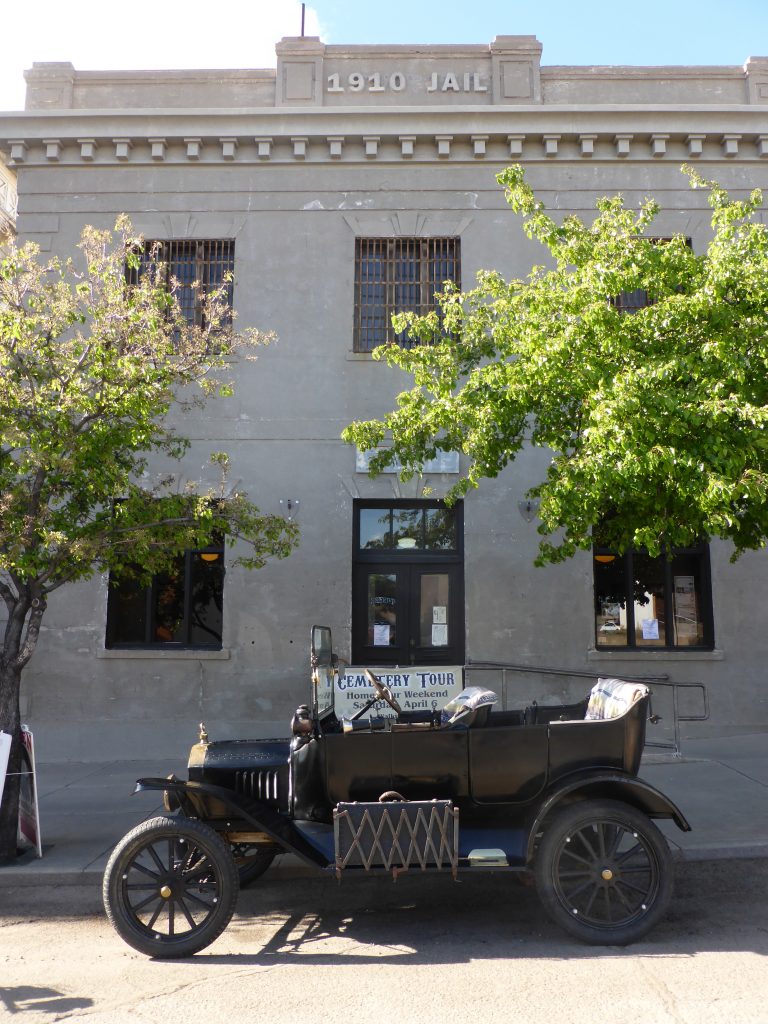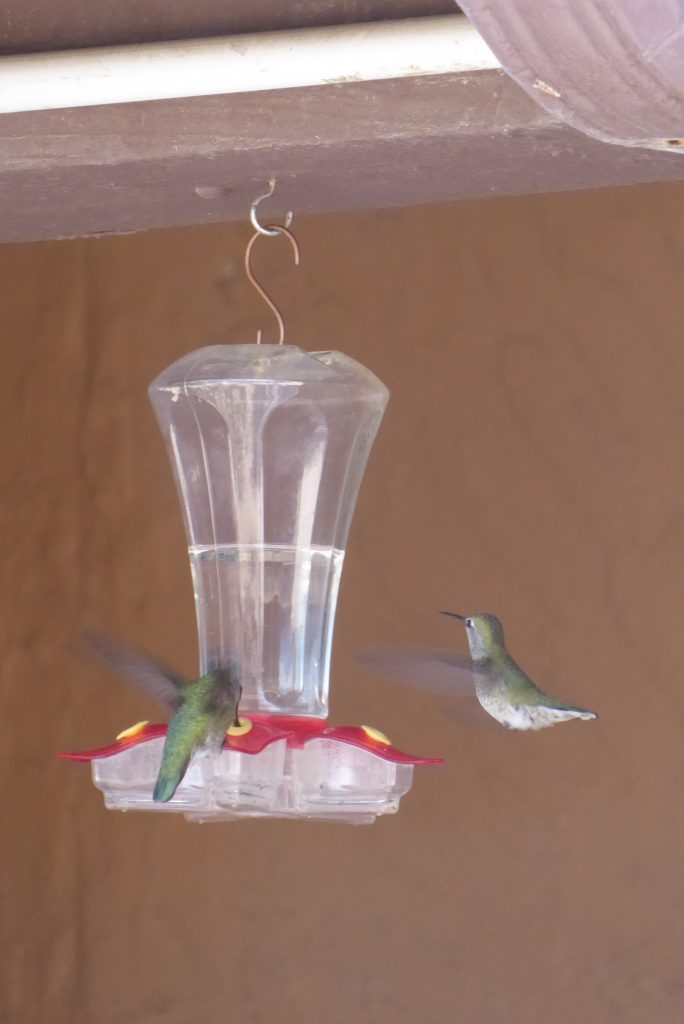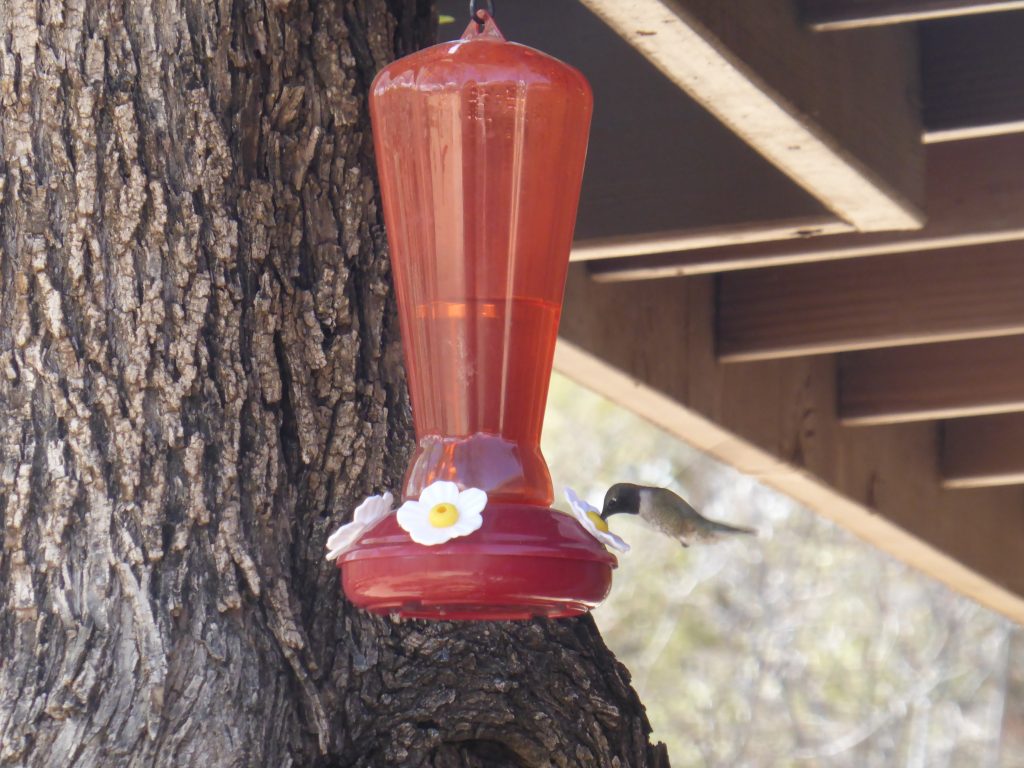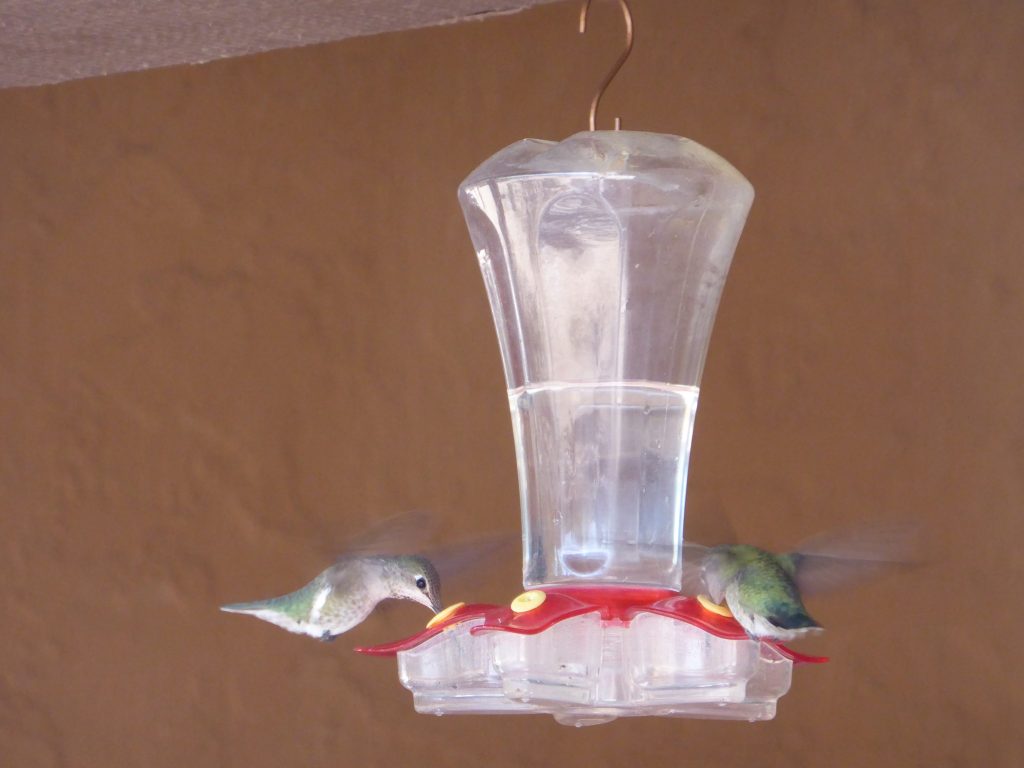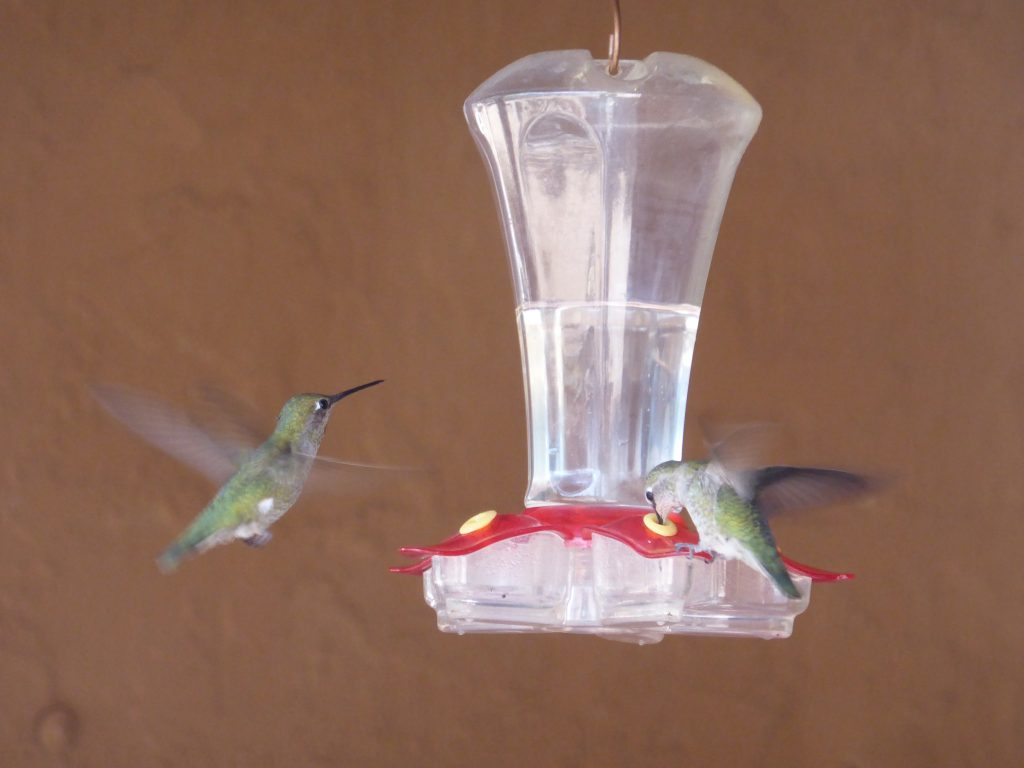Globe proved to be the perfect place for a rest day after some hard slogs on the road. Founded as a mining camp in 1876 by English, Welsh, Cornish and Yugoslavian miners, its location in Apache territory and proximity to the San Carlos Reservation saw it begin life as a frontier town and it has a colourful history to match.
Today it’s home to more than 7,500 people. Mining is still important, although tourism now plays an important role. There are a number of historic buildings and, unlike so many towns we passed through, Main Street seemed to be thriving. There was even a cinema and various bars and cafes.
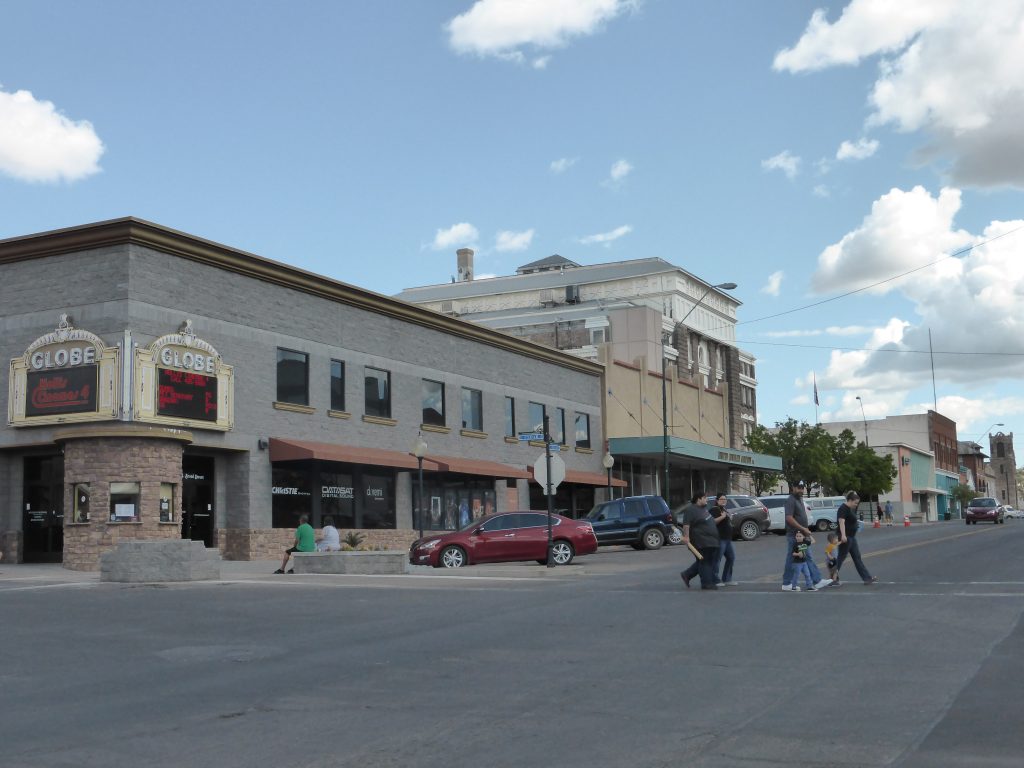
One big attraction for visitors is Besh-Ba-Gowah, about one mile south from the centre, which was home to the Salado people between AD 1225 and AD 1400. The name is an Apache word meaning ‘place of metal’ which is what the Native Americans called the early mining down of Globe. In its heyday Besh-Ba-Gowah was a 200 room pueblo with clusters of rooms connected by long corridors or elongated plazas.
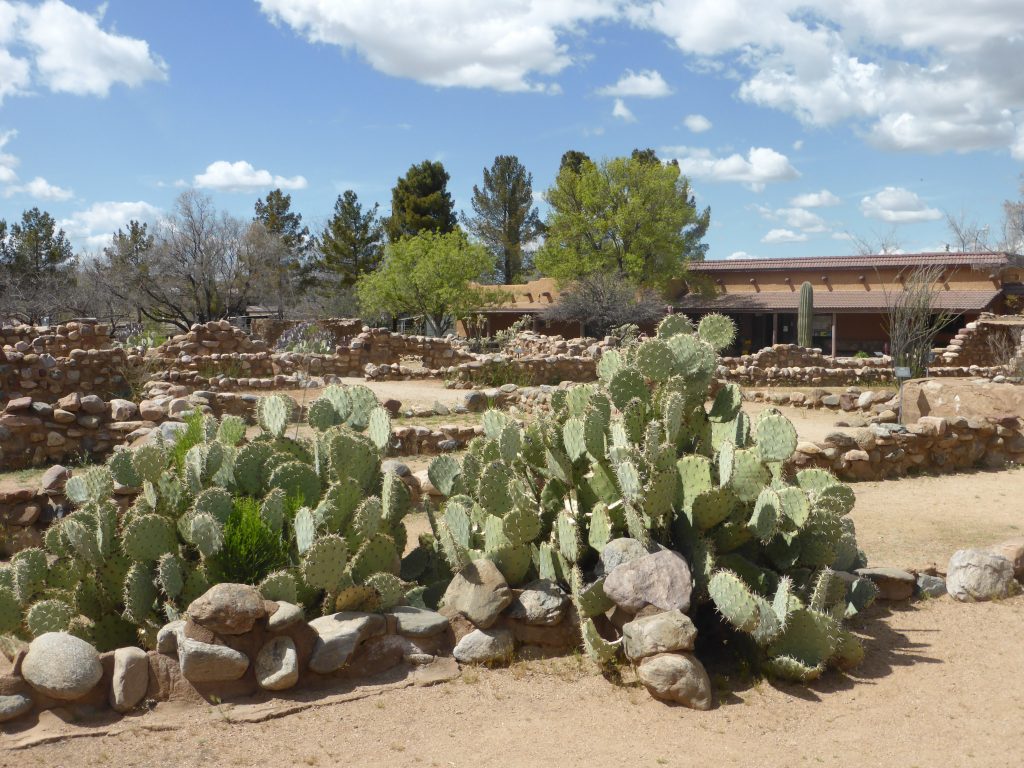
Large portions of the site are no longer visible as car parks and water drainages have cut into the pueblo area, but what remains gives you an idea of how this ancient North Americans lived. Originally the stones were covered with a smooth clay with mud plaster on all the interior and exterior walls. Entrances to the rooms were through the roof tops.
Archaeological research has revealed the prescence of an earlier prehistoric village underlying the pueblo, consisting of numerous semi subterranean houses occupied by the Hohokam, a prehistoric group who originally lived in the Phoenix Basin and later moved to this area.
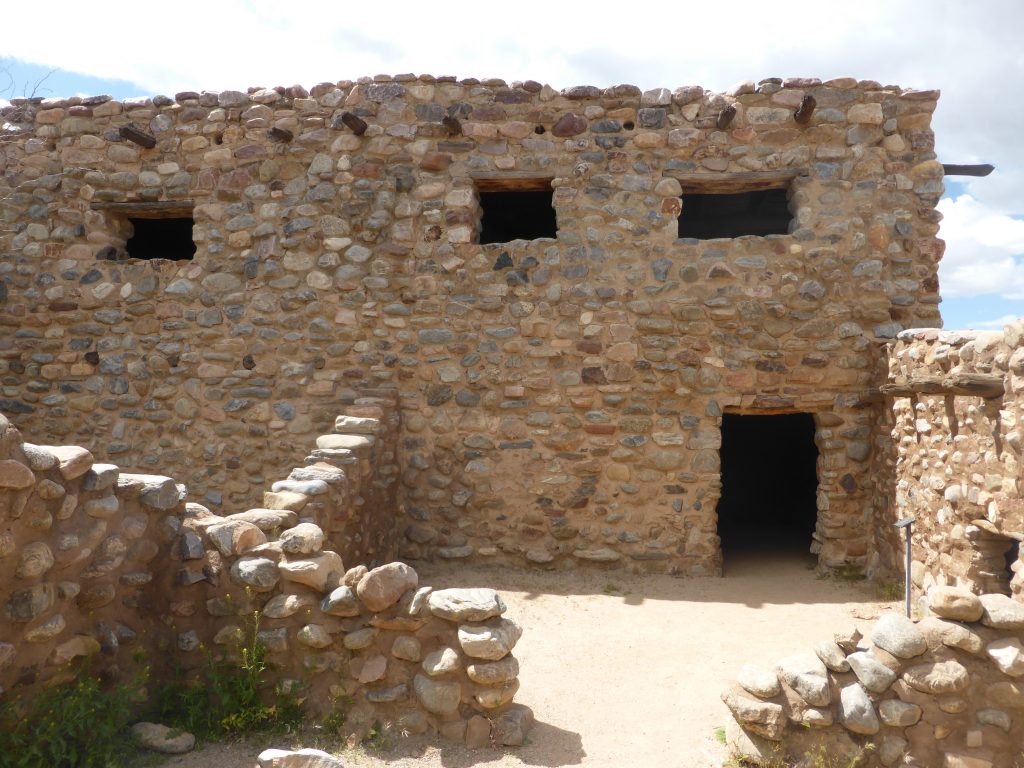
The Archaeological Park and Museum also taught us more about the nearby San Carlos Apache reservation that we’d cycled through. It covers 1.6 million acres of desert pasture and mountain land and its western boundary borders the city of Globe.
The Apaches there are a mixture of many different bands whose homelands once extended from the Gulf of Mexico, to the Sierra Madre Mountains, the Superstition Mountains and the White Mountains of Arizona. Its thought they originally settled in the Globe area after the Salado departed. Unlike the Salad they were mostly nomadic and highly adaptable.
While at the museum we chatted to a member of staff about the relationship between the reservation Apaches and the people outside the reserve. It appears that unlike the Hopi, the San Carlos Apache seem unwilling, or uninterested in sharing their culture, with only the family of Yellow Bird holding yearly ceremonial dances outside the reserve. It’s very difficult to judge on one person’s opinion, but there do appear to be some strains in the local relationships, not least caused by a recent shooting.
Last November three people were shot dead at a bar in Globe after a lone gunman walked in and opened fire. Following the incident a 22 year old Apache was taken into custody on the San Carlos Apache Reservation.
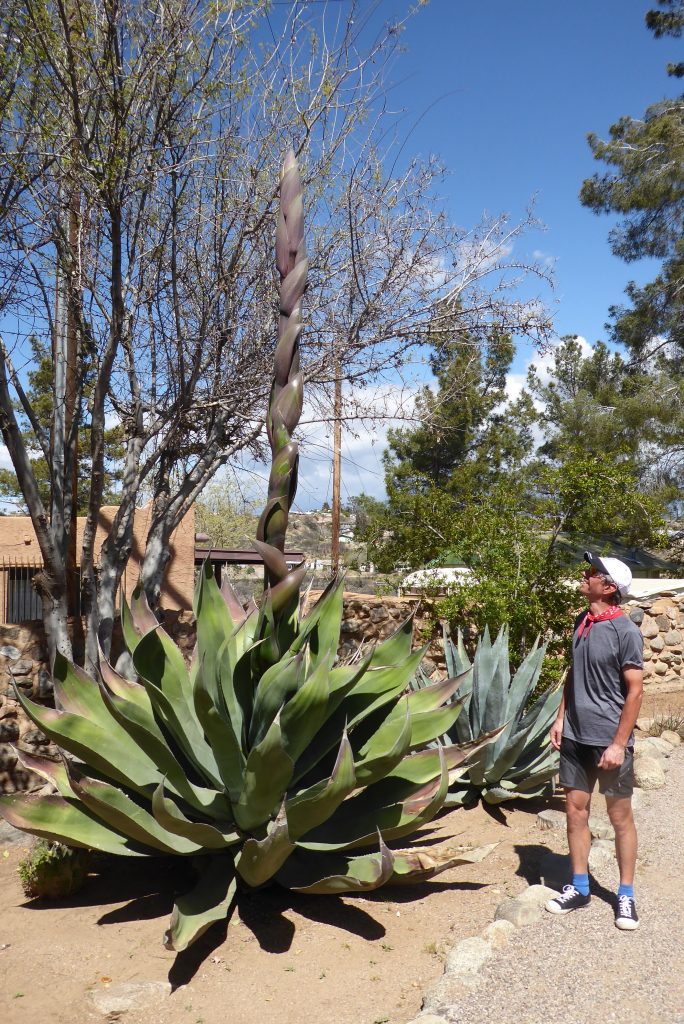
History lesson over we took time to check out the huge variety of cacti on display and then spent quite a while photographing a variety of hummingbirds buzzing around the museum’s nectar feeders.
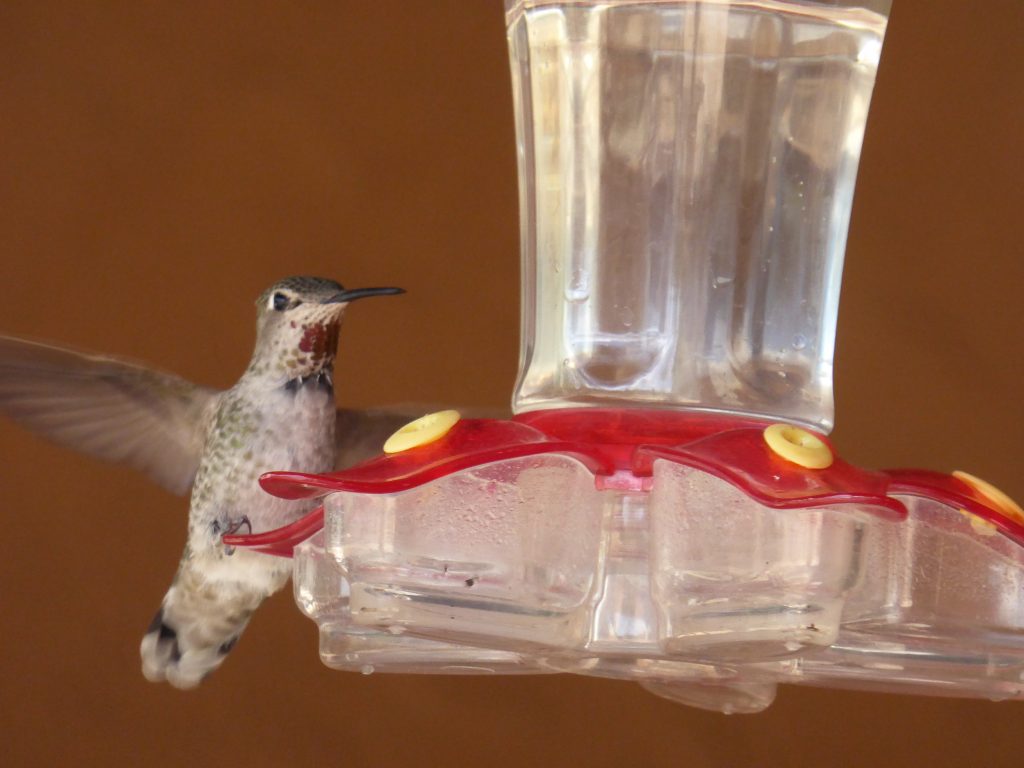
We must have looked a little odd to the locals – rather like being back home watching in bemusement fascinated Chinese visitors taking photos of the ubiquitous squirrels in St James’s Park. Tourists eh?
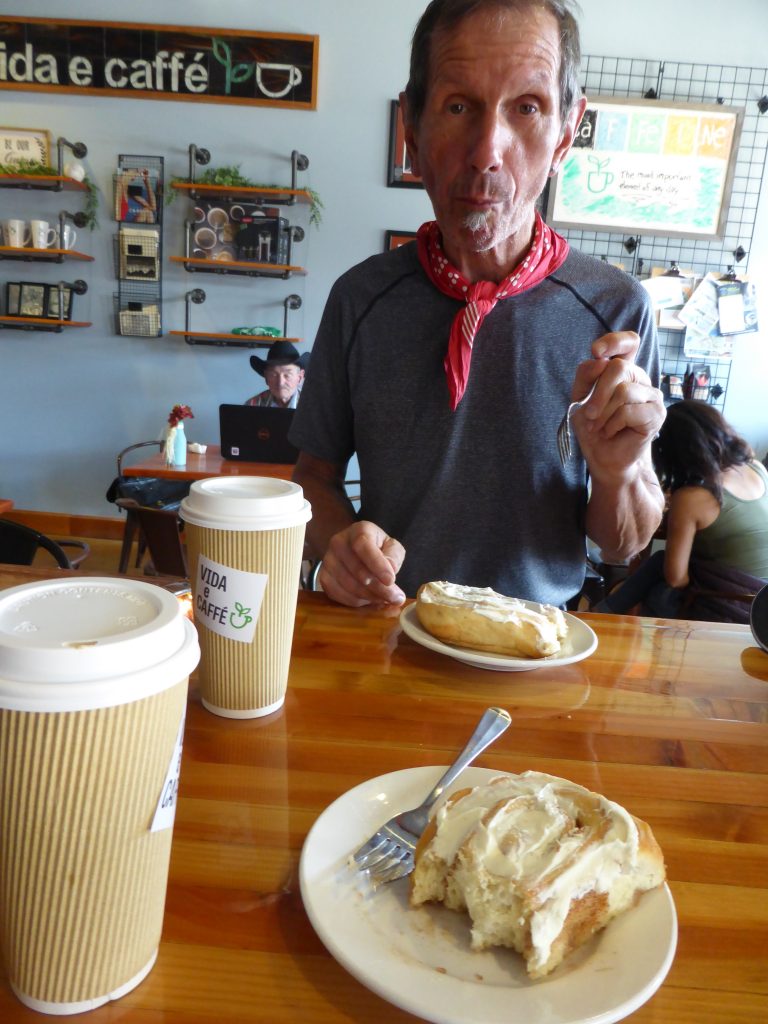
Chuck in a few coffee stops, cake eating and some exploring and bird-watching and our zero day was over.
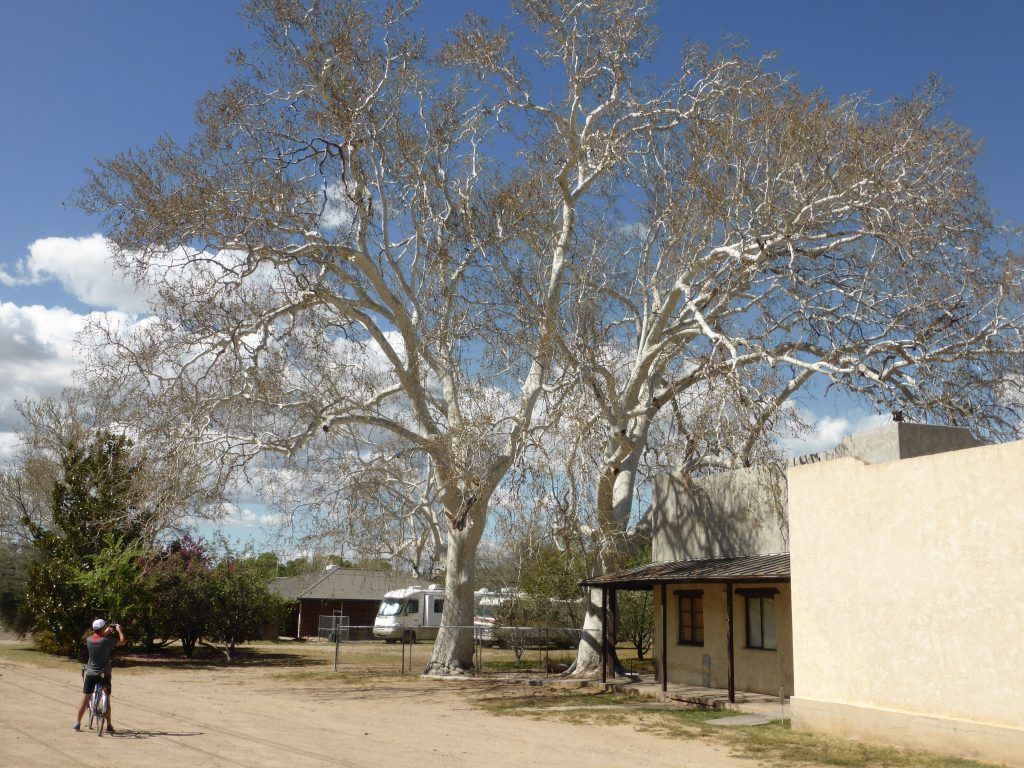
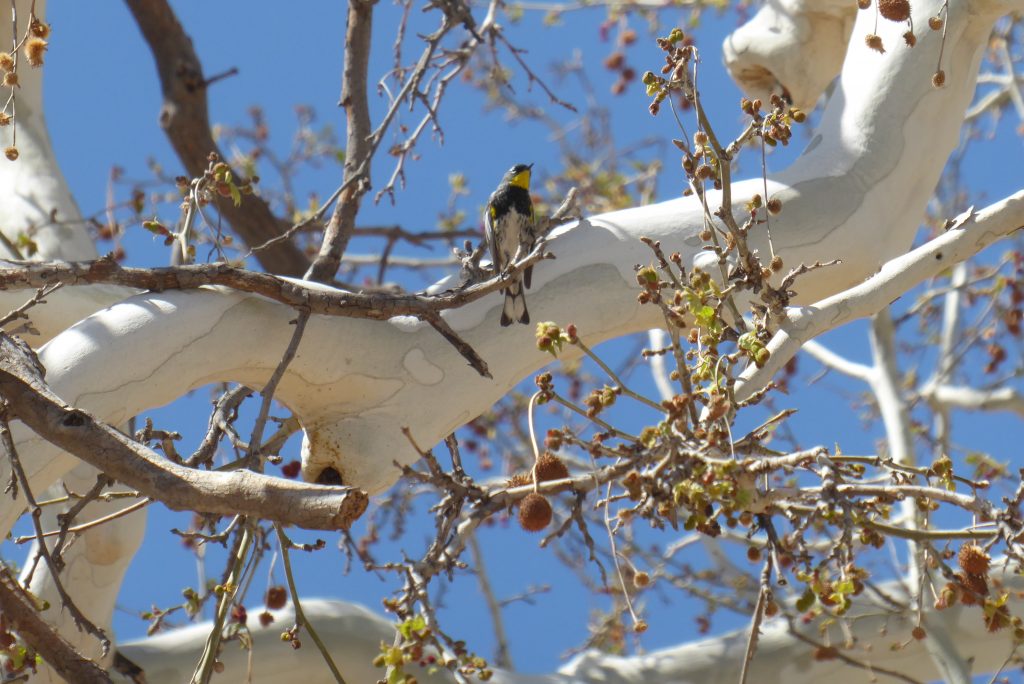
Our day in Globe had been a delight, but the world had kept turning and which meant tomorrow it was time to get back on the bikes.
Besh-Ba-Gowah
Globe
Hummingbirds

